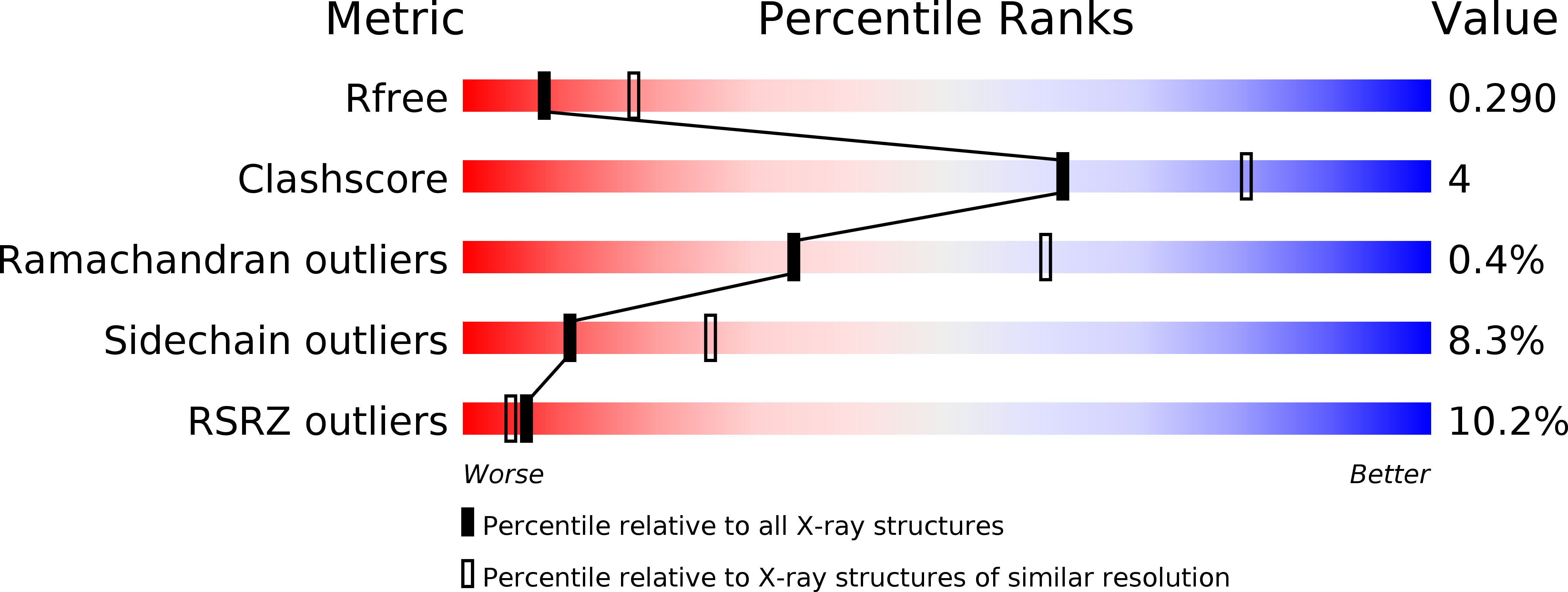
Deposition Date
2014-05-15
Release Date
2014-06-18
Last Version Date
2023-12-20
Entry Detail
PDB ID:
4PL0
Keywords:
Title:
Crystal structure of the antibacterial peptide ABC transporter McjD in an outward occluded state
Biological Source:
Source Organism:
Escherichia coli (Taxon ID: 562)
Host Organism:
Method Details:
Experimental Method:
Resolution:
2.70 Å
R-Value Free:
0.26
R-Value Work:
0.24
R-Value Observed:
0.24
Space Group:
P 21 21 21


